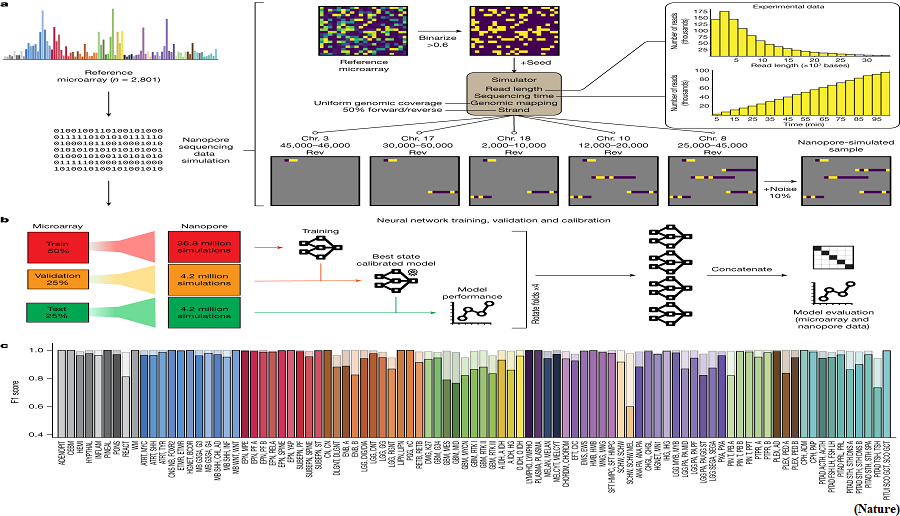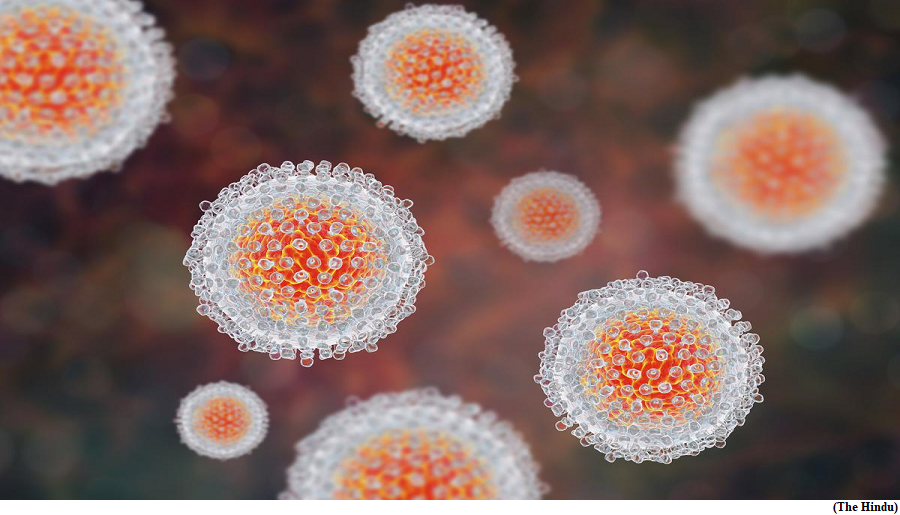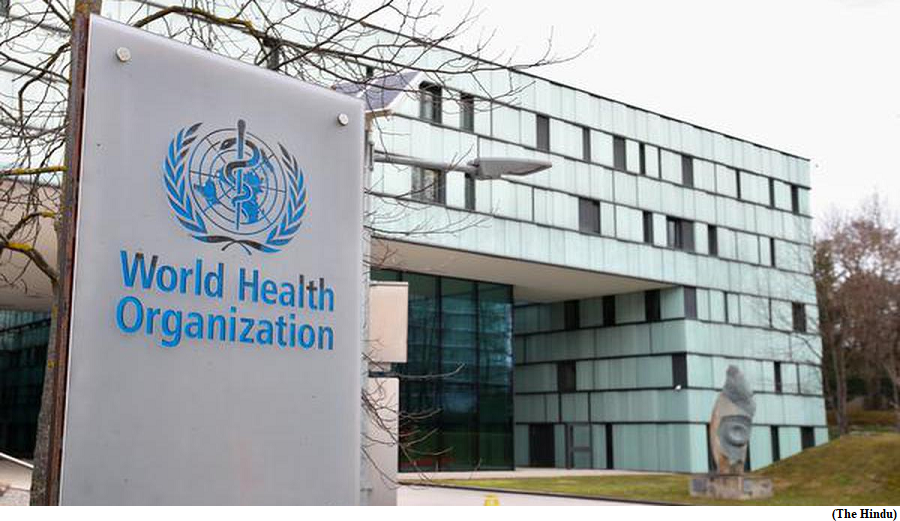Deep learning helps classification of tumours during surgery (GS Paper 3, Science and Technology)

Why in news?
- A method to quickly classify central nervous system (CNS) tumours, combining rapid sequencing and deep-learned AI models, may enable molecular diagnosis in less than 90 minutes, according to a study.
- The findings demonstrate the potential feasibility of obtaining molecular diagnosis of tumours during surgery to assist surgical decision making.
Sequencing DNA:
- Primary treatment of CNS tumours involves surgical removal of the tumours, which requires careful consideration to strike a balance between maximising the removal of tumorous tissue while minimising the risk of neurological damage and other complications.
- The standard practice relies on preoperative imaging and histological analysis during surgery, but these methods are not always conclusive.
- Sequencing DNA to uncover methylation profiles could reveal information about the origin and prognosis of a tumour, but it takes days to get the results.
Nanopore sequencing:
- To obtain DNA methylation profiles quickly enough to provide a diagnosis during surgery, Jeroen de Ridder from Oncode Institute, Utrecht, The Netherlands and others used a technology called nanopore sequencing.
- This method is faster, but the data generated has much less coverage of genetic sites.
- To enable molecular classification of CNS tumours with such sparse data, the researchers developed a neural network tool named ‘Sturgeon’.
Outcome:
- After validating the tool with simulated data, they tested Sturgeon on data from CNS tumour samples. Sturgeon correctly classified 45 out of 50 samples based on data equivalent to 20-40 minutes of sequencing.
- They also demonstrated Sturgeon’s performance and applicability in real time during 25 surgeries, achieving a diagnostic turnaround time of less than 90minutes.
- Of these, 18 (72%) diagnoses were correct and seven did not reach the required confidence threshold.
Way Forward:
- The findings demonstrate that deep-learned diagnosis based on fast sequencing during surgery may be able to assist neurosurgical decision making and potentially improve prognosis of patients.
Egypt is racing to eliminate hepatitis C
(GS Paper 2, Health)
Why in news?
- Recently, the WHO announced that Egypt had made “unprecedented progress” towards eliminating hepatitis C.
- According to the WHO, Egypt became the first country to achieve “gold tier” status on the path to elimination of hepatitis C as per the global health body criteria.

Gold tier status:
- The “gold tier” status to reach the stated goal of eliminating hepatitis C includes meeting specific criteria such as
- ensuring 100% blood and injection safety,
- maintaining a minimum of 150 needles/syringes per year for people who inject drugs (PWID),
- diagnosis of over 80% of people living with chronic hepatitis C virus (HCV),
- treating of over 70% of individuals diagnosed with HCV, and
- the establishing of a sentinel surveillance programme for hepatitis sequelae, including liver cancer.
Progress in Egypt:
- Egypt has diagnosed 87% of people living with hepatitis C and has provided 93% of those diagnosed with curative treatment, exceeding the WHO gold tier targets of diagnosing at least 80% of people living with hepatitis C and providing treatment to at least 70% of diagnosed people.
- Egypt had undertaken the “100 Million Healthy Lives” initiative. Through this initiative, Egypt “significantly reduced the prevalence of hepatitis C from 10% in 2016 to 5% in 2018 and an estimated less than 1% in 2019”.
- With its commitment to eliminate hepatitis C, Egypt has succeeded in testing virtually the whole of the eligible population and has treated almost all those who are living with the virus. This represents one third of the 12 million people living with hepatitis C in the Eastern Mediterranean Region.
How it achieved success?
- Egypt was able to achieve huge success with hepatitis C due to key interventions undertaken including population-based surveys to understand the hepatitis C epidemic (who is affected and where) and developing an investment case to highlight the economic burden of HCV.
- Egypt also customised the elimination programme by involving generalist doctors to community healthcare workers and using telemedicine for hard-to-reach areas.
- But the biggest boost came from reducing the cost of medical treatment per patient to less than $50 through local manufacturing.
Global burden of Hepatitis C:
- Hepatitis C infection is unevenly distributed globally, with these regions accounting for the most — European (22%), South-East Asia (20%) and the Eastern Mediterranean (17%).
- According to a 2023 WHO document,in 2019, there were 1.5 million new infections, with one third of new HCV infections occurring in the Eastern Mediterranean Region. The prevalence of hepatitis C across the world in 2019 was 58 million.
- Though unscreened blood and blood products and inadequate sterilisation of medical equipment in health-care settings are two important routes of virus transmission, the most common route of virus spread is through unsafe injection practices.
- The use of safe injections has however reduced new hepatitis C infections.
Centre seeks inclusion of traditional medicine on WHO’s list
(GS Paper 2, Health)
Why in news?
- The Union government has sought the inclusion of Ayurveda and related systems in the 11th revision of the World Health Organization’s International Classification of Diseases (ICD), as the second module of a supplementary chapter on traditional medicine conditions.

Details:
- The ICD provides a common language that allows health professionals to share standardised information across the world.
- The traditional medicine module of the 11th revision provides a list of diagnostics categories to collect and report on medicine conditions in a standardised and internationally comparable manner.
Why it matters?
- Ayurveda and related Indian traditional health care systems are a formally recognised and widely practised health care systems in India, which is making a strong and valid point for its inclusion.
- The efforts to effectively regulate traditional medicine as an integral part of the health system require standardised and evidence-based information.
- The ICD-11 is a formative step for the integration of such forms of medicine into a classification standard used in conventional medicine. It also provides the means for doing research and evaluation to establish its efficacy.
Module-1:
- After a decade of repeated consultations, ICD-11 had facilitated the inclusion of Module-1, which covers traditional medicine conditions originating in ancient China, which are now commonly used in China, Japan, Korea, and elsewhere around the world.
- The 11th revision contains around 17,000 unique codes and more than 1,20,000 codable terms, which are now entirely digital.
Significance:
- The joint use of ICD-11’s chapter on traditional medicine along with other chapters on neoplasm, patient safety, and injuries, can enhance the reporting of adverse events.
- It will enable the integration of traditional medicine into insurance coverage and reimbursement systems, in line with larger WHO objectives relating to universal health coverage.
- It will also link traditional medicine practices with global conventional medicine’s norms and standard development.
Way Forward:
- The development of Module-2 for Ayurveda-related diagnostic systems is being actively supported by the Ministry of Ayush.
- It banks on the implementation experience gained on the ground by the National Ayush Morbidity and Standardised Terminologies Electronic portal, and the Ayush Health Information Management System.




